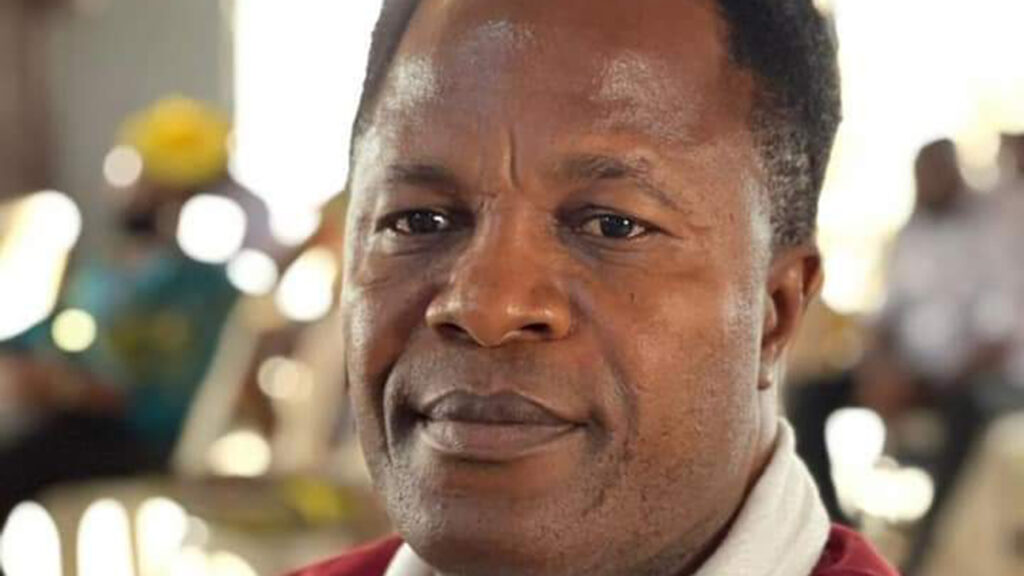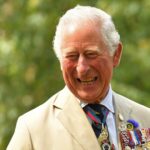
Today in history, the world, particularly United Kingdom, will be witnessing the coronation of a new monarch, Prince Charles III and his wife, Camilla, as King and Queen of the British Empire and the other Commonwealth realms at Westminster Abbey.
After about 71 years of Queen Elizabeth II’s steady reign over the United Kingdom and other Commonwealth realms from February 6, 1952 until her death in 2022, Prince Charles who is the first-born son of the queen and her late husband, Prince Philip, the Duke of Edinburgh will ascend the throne to become King Charles III.
Charles III who was born in November 14, 1948 was next in line for the throne from the time he was three years old, now 74 years old, making him the longest serving heir and oldest monarch to ever take the British throne in history. His mother Elizabeth II was Queen regnant of 32 sovereign states during her lifetime and was head of state of 15 realms at the time of her death.
Charles, who was legal heir to the throne, became king from the moment his mother died, automatically making him Head of State for the United Kingdom, New Zealand, Canada, Australia, and other Commonwealth realms. He is also the titular head of the Church of England, head of the military and the judiciary, and other royal titles and duties.
Prince of the United Kingdom of Great Britain and Northern Ireland is a royal title normally granted to sons and grandsons of reigning and past British monarchs. The title is granted by the reigning monarch, who is the fount of all honours, through the issuing of letters patent, as an expression of the royal will. Individuals holding the title of prince will usually be granted the style of His Royal Highness (HRH).
Going back in history, the title of prince and the style of HRH were not customary in usage until the mid 17th century. Sons and daughters of the sovereign were not traditionally called a prince or princess except for the Prince of Wales, a title conferred on the eldest son of the sovereign since the reign of King Edward I of England. In the Kingdom of Scotland, though an honorific principality was created by King James VI, the heir-apparent was only referred to as Duke of Rothesay. Some others include John, brother of King Richard I and later King John, who is sometimes called Prince John.
However, after the accession of King George I of Great Britain (the first monarch from the House of Hanover), it became customary for the sons of the sovereign and grandsons of the sovereign in the male line to be titled ‘Prince’ and styled His Royal Highness (abbreviated HRH). Great-grandsons of the sovereign were princes styled His Highness (abbreviated HH).
Subsequently some amendments regarding princes were made, with the issuance of specific letters patent changing the standing title and style. In 1898, the children of Prince George, Duke of York, the eldest living son of the Prince of Wales, were customarily titled princes, with the style of Highness, as great-grandchildren of Victoria in the male line. With letters patent dated May 28, 1898, the Crown granted the children of the eldest son of any Prince of Wales the style of Royal Highness.
In 1914, the children of Ernest Augustus, Duke of Brunswick, a great-great-grandchild of George III, were granted the title of prince and the style Highness by King George V, in letters patent dated June 17, 1914. In 1917, George V issued a royal proclamation, altering the name of the Royal House from the House of Saxe-Coburg-Gotha to the House of Windsor and the discontinuance of the usage of the German titles of Duke of Saxony, Prince of Saxe-Coburg and Gotha and the like. However, towards the end of the year 1917, letters patent altered the rights to the title prince and the style Royal Highness. These letters patent, dated 30 November 1917, stated that “the children of any Sovereign of these Realms and the children of the sons of any such Sovereign (as per the above Letters Patent of 1864) and the eldest living son of the eldest son of the Prince of Wales (a modification of the Letters Patent of 1898) shall have and at all times hold and enjoy the style, title or attribute of Royal Highness with their titular dignity of Prince or Princess prefixed to their respective Christian names or with their other titles of honour”.
It was also decreed in these letters that grandchildren of the sons of any such Sovereign in the direct male line shall have and enjoy in all occasions the style and title enjoyed by the children of Dukes of these Our Realms which is ‘Lord’ or ‘Lady’ before their Christian name. In addition, the letters stated save as aforesaid the style title or attribute of Royal Highness, Highness or Serene Highness and the titular dignity of Prince or Princess shall not henceforth be assumed or borne by any descendant of any Sovereign of these Realms.
Also, when a British prince marries, his wife also becomes a British princess; however, she is addressed by the feminine version of the husband’s senior title on his behalf, either a princely title or a peerage.
Traditionally, all wives of male members of the British royal family, the aristocracy, and members of the public take the style and title of their husbands. There is also the case when a princess of blood royal marries a British prince. She also becomes a princess by marriage and will be addressed in the same way.
An example of this situation was the late Princess Alexandra, Duchess of Fife: when she married the cousin of her mother, Prince Arthur of Connaught, she became Princess Arthur of Connaught, Duchess of Fife. If a British prince has a peerage, then the princess is addressed by the feminine version of her husband’s peer title. An example of this case is the wife of Prince William, who was officially styled His Royal Highness, The Duke of Cornwall and Cambridge while his wife Catherine became Her Royal Highness, The Duchess of Cornwall and Cambridge, omitting both the ‘prince’ and ‘princess’ titles and their first names. When William was then created Prince of Wales, that became the senior title held in his own right, and he and Catherine were styled His/Her Royal Highness, The Prince/Princess of Wales.
With the coronation of King Charles III, his elder son, Prince William who is formerly the Duke of Cambridge is next in line for the throne under the British line of succession.
The King named 40-year old William, the new Prince of Wales in an announcement on his first full day as king, automatically making his wife Catherine, Princess of Wales. She is the first to hold that title since the death of Princess Diana in 1997.
After, the line of succession turns to Prince William and Princess Kate’s children. The succession is as follows: Prince William, the Prince of Wales (Charles and Diana’s first-born son); Prince George of Wales (Will and Kate’s first-born son); Princess Charlotte of Wales (Will and Kate’s second-born daughter); Prince Louis of Wales (Will and Kate’s third-born son); and Prince Harry, the Duke of Sussex (Charles and Diana’s second-born son).












